How to Properly Build a Successful Amazon Affiliate Site
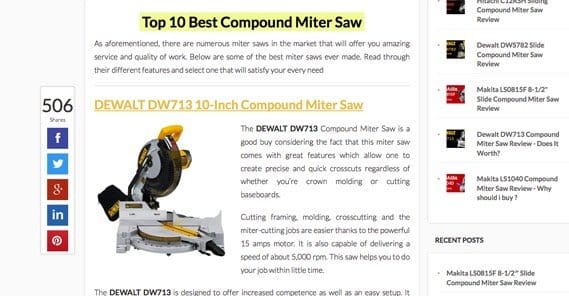
Amazon has one of the best affiliate programs available. No, they don’t have the best rates. They start out only around 4%, and with performance – that is, volume – it can increase to a whopping 8.5%. Not impressive, right? The thing is, your commission tier applies to everything a referred user buys on the site. You could link to a $5 book, and if the user clicks through and decides they don’t want it, oh well. If they shop on and buy a $500 lawnmower, you’re getting 4% — or whatever your tier is at the time – on that $500, even though you didn’t link to a lawnmower.
Amazon is also a highly trusted retailer and a hub for thousands of independent sellers using it as a storefront. Combine all of these factors, and you begin to see why Amazon is an amazing platform for affiliate sales. You just need to do the hard part; create a site that refers people and makes both you and Amazon money.
Step 1: Study the Best
There are a lot of successful Amazon affiliate sites out there. I figure the first step to success yourself is to look these over and get an idea of what you want to do with yours. Here are some examples and what makes them stand out.
Kitchen Faucet Divas – This site has a unique design, not a template pulled from a basic affiliate template list. It has a lot of high quality copy on the front page, and each subpage is packed with content. Just look at any individual faucet review; there’s a lot of information, detailed reviews, pros and cons, and more. There are just two things I don’t necessarily like about it. One is the product images, which are limited in number and scope. The other is the social sharing buttons, which look haphazard and aren’t offering a lot of additional value.
Pick My Shaver – This is another affiliate site with a unique design, and it’s yet more proof that you can pick a limited, boring niche and make a successful site around it. It’s probably still making money, though the original owner sold it on Flippa for some $60,000. It also hasn’t been updated since last November.
This Is Why I’m Broke – One of many “cool things for sale” sites, TIWIB has been around for a while and it’s making a ton of money. I mean a ton, back in early 2014 it was making $20,000+ per month, and I’m sure it has only grown since then. It does this both by featuring a lot of interesting and expensive products, but by integrating more than just the basic Amazon affiliate program. Infinite scrolling, bright and vibrant pictures, non-obvious Amazon links, interesting copy; it has everything you need to succeed.
These are just a few of the thousands of successful affiliate sites out there, of course. Pick and choose any you want to research and try to see what makes them tick.
Once you’ve done that, you just have to do the easy part; picking a niche, designing a site, writing copy, picking products, promoting the site… okay, so it’s not really all that easy. Here are some tips to help make your life easier.
Aim for Assistance
The trick to a successful affiliate site isn’t to sell products, though a site like This Is Why I’m Broke sure looks like it. If you dig deeper, though, you’ll find that the site is more about pointing out cool stuff and being a bit of a comedy aggregator, rather than a site that directly sells products. Other affiliate sites – the majority of them, I would venture to say – thrive on reviews, comparisons, and helpful resource articles rather than product sales pitches.
Think about it this way. If you have a niche site about faucets, the people coming to your site aren’t looking to be convinced they need to buy a new faucet. They’re visiting your site because they already want to buy a faucet, and they’re looking for reviews and testimonials to help them decide which faucet they should buy. They already know they can shop on Amazon, and they might have already narrowed down the field. It’s your job to present to them the options, and convince them which product is best for them. That’s when they buy, and that’s when you earn.
Pick a Niche you Know
This follows from the previous tip. If your goal is to convince someone to buy a product, how do you do it? You need information, you need perspective, and you need insight. When you’re recommending a product, you want to be talking about specific details and situations, simulating or professing actual real life experience with the product. No one has 75 faucets in their home, but you want to give off the impression that you’re a professional faucet tester. You’ve tried 75 faucets, and you can say with certainty which ones are the best.
It’s easiest and cheapest to establish this with a product you love. Maybe you’re passionate about saltwater fish tanks. Maybe you really enjoy plumbing. Maybe Christmas decorations are something you just can’t get enough of. The fact is, if you have passion, that passion comes through.
Of course, you can simulate this for niche sites by paying talented freelance writers to do the copywriting for you. The ideal process is to have a site built around your passion that you use to make money to fund development of more sites built around topics you don’t know as much about, but which you can pay writers to fill out. They in turn make you more money.
Don’t Look Like a Store
Storefronts work, but only if you’re the one selling the product. With an affiliate site, you don’t need to build a storefront. You’re not the one handling products, shipping them, or dealing with customer service. All you’re doing is recommending products.
Amazon has a lot more practice, a lot more experience, and a lot more data when it comes to optimizing a storefront than you do. If you’re trying to duplicate their work, you’re either copying them – which penalizes you – or competing with them. You don’t want to be the next Amazon, you just want to send people to Amazon itself. If you really want to run a storefront, do it right.
Brand Yourself
No, I’m not talking about a hot iron pressed to flesh here. I’m talking about company branding. You’re not Amazon, you’re Steve’s Faucet Mart, except a lot catchier and a lot more compelling.
The important part here is two-fold. First, branding applies to your choice of domain name. Second, branding will guide your marketing.
Starting with the second point first, branding helps you build an overall, well, brand. If you have Steve’s Faucet Mart and it’s successful, you can branch out into Steve’s Plumbing Expo, or Steve’s Appliance Reviews, or Steve’s Golf Equipment. Readers interested in multiple niches will be able to trust you from the good advice you’ve given in past reviews on other sites.
The first point applies strictly to domain names. The alternative to a branded domain is an exact match domain, which is a keyword like Best Faucets Oklahoma. You don’t want to be www.bestfaucetsoklahoma.com because it’s a dumb name, it gives you no branding opportunities, and because exact match domains are no longer useful to rank websites. You essentially dig yourself a hole you need to climb out of before you can grow.
Start With Content
Content is what gets you ranked in search engines. Content is what gets people to trust your opinions. Content is what refers people to Amazon. Content is king of affiliate marketing, so you need content on deck ready when you launch your site. I’m talking 10-20 pages worth of detailed content, plus your homepage and the additional content, terms, disclosure, and whatever other pages you need.
Don’t Copy Content
This is essential ever since Google started penalizing sites for copied content back in 2011. This includes even such trivial sections as product descriptions. Don’t steal or copy from the manufacturer or any other storefront. Just write your own, spin it in your own way and your own voice.
Create Tertiary Content
There should be several tiers of content on your site. This is because Google can penalize you for being a thin affiliate site if you’re not careful. Here are the tiers I consider.
- Homepage. At the top of your site is a robust homepage with a lot of detail, and no affiliate links. All links on this page should lead to subpages on your site.
- Product review and referral pages. These are pages where you go into detail about the products you’re selling. For the faucet example, these are pages that talk about specific faucets and their pros and cons.
- Supplemental pages. These pages are like blog posts that support your site. If you’re selling faucets, you might write content about what supplies you need to install one, how to install one yourself, tips for hiring a plumber, and so forth. All of these pages should be free of affiliate links, but link back to product and referral pages.
Supplemental content builds trust, builds an audience, and keeps you in the good graces of the big G.
Specialize your tertiary content. Remember the audience you’re targeting. You’re not going to sell a faucet to someone who is looking for information about how to clean a faucet, you’re going to sell one to someone looking for reviews of a given model. Only target people who already have the product if you also review and sell accessories for that product.
Ignore the Packed Niches
Do you want to sell TVs? They seem like a good choice. They’re high priced objects that will earn you heft commissions. They’re fickle, so reviews and firsthand experience are great draws. They’re popular; everyone has at least one. The thing is, a thousand other people are already targeting the TV niche, and they’ve been at it longer than you. You’re not going to get any traffic unless you somehow outshine every last one of those sites, and that’s not likely.
On the flip side, you also need to ignore the niches that don’t get much traffic. Not many people are going to buy a mattress online, right? They cost a ton to ship and they’re hugely bulky and inconvenient to deal with. Anything that requires an in-person look at the item before buying isn’t going to make a good affiliate niche.
Don’t Rely on Expensive Items
When you’re making a percentile commission on everything you sell, it seems like you would want to sell expensive items. If you make 4%, selling a $1 item only makes you 4 cents, but selling a $1,000 item makes you $40.
The problem is, with Amazon, you have that pesky sliding scale, and it resets every month. It’s also based entirely on volume, not on value. You have to sell 111 items to reach the 6.5% tier, for example. It doesn’t matter if you sold 111 packs of gum or 111 TVs.
I like to trickle out content over the course of the month, with low value items coming in early in the month and higher value items coming later, when my commission is higher. Accessories and supplemental items work great for early month items.
Use the Holidays
Holidays are times when Amazon traditionally has sales, and big holidays like Black Friday earn you a lot of sales just based on the people leaving your site for Amazon and looking at all the discounts they have available.
It’s also a great time for you to create roundup posts and sales guides, to try to keep up with the sales and promotions. The more you capitalize on the hype, the more relevant you will be in search for those surrounding days, and the more you can earn.
Avoid the Black Hat Strategies
Many affiliate marketers seem to think the only way they can succeed is to buy a lot of links and low quality traffic. Unfortunately for them, all that’s going to do is surge your Google Analytics metrics for a while, and then get your site devalued or deindexed entirely. Instead, you need to invest in high quality traffic and earn your links legitimately. Power your marketing with your content and you’ll be fine.
Take Advantage of Marketing Strategies
Legitimate marketing strategies work for affiliate sites, even if they have a bad reputation. Why not invest in, for example, a mailing list? If you have quality information, people will be more than happy to receive it in your inbox. You can’t include affiliate links in emails, generally; Amazon doesn’t like it. Instead, just include brief tips and clickbait in your emails and link to your product reviews, where users can click on the buy links and earn you that commission.
Build a Good Site
A good site has a lot going for it just on the basis of data structure, SEO, and implementation. Build a quality site out of WordPress, a bunch of plugins, and some elbow grease. Plus, the less a site looks like a stereotypical affiliate site, the more people will trust you and your opinions. Never give off the impression that you’re trying to make money first and foremost.
Don’t worry about other affiliate programs right away. Amazon will be your bread and butter for a long time. Almost anything you can find on a manufacturer’s site, you can also find on Amazon. Only once you’re popular enough should you start expanding into other affiliate programs. When you do, I recommend using direct from the source programs, rather than third party offers through an affiliate network. It cuts out the middleman.
With all of this information in mind, you should be able to get started building a good Amazon affiliate site. I know I’m not giving you specifics for finding a niche or doing keyword research, but I trust you to be able to learn about it yourself.
 ContentPowered.com
ContentPowered.com
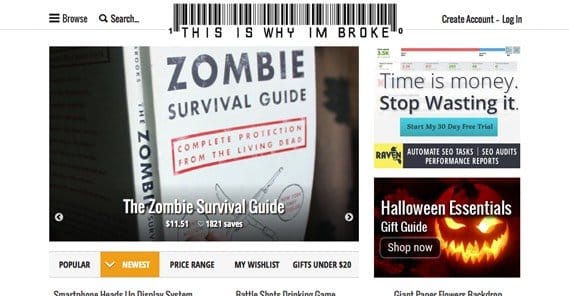
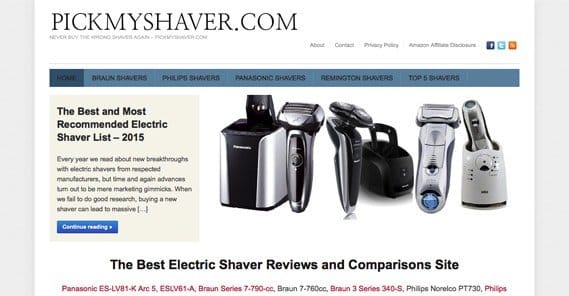
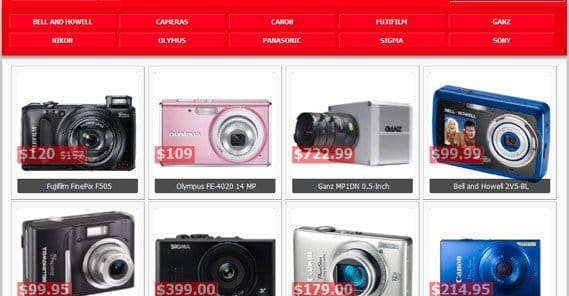
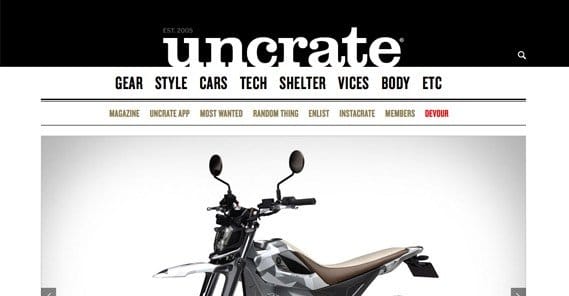


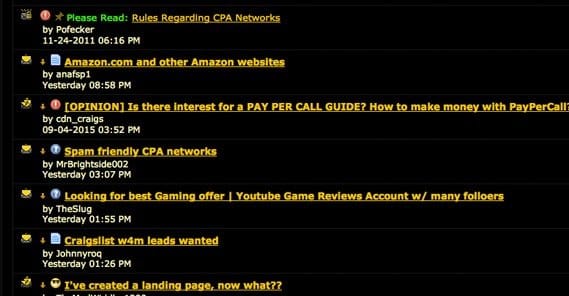

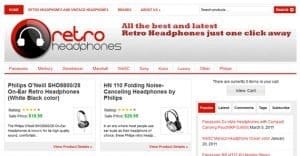
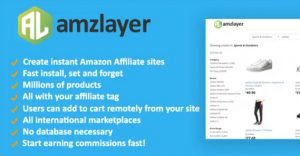
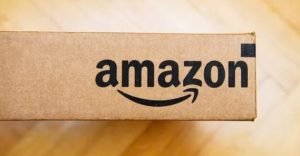
awesome post!! I hope others will find it soon and learn from it. Thank you for the insight
Will learn from that for sure !